Table of content
Introduction
米豆腐 (Mǐdòufu), or rice tofu, is a beloved Chinese delicacy renowned for its unique texture—Q弹 (bouncy and chewy) on the outside and 细腻 (velvety smooth) on the inside. This dish, often served as a cold appetizer or a comforting snack, originates from the culinary traditions of China’s Sichuan and Hunan provinces. Its popularity stems from its simplicity, versatility, and the satisfying contrast between its soft interior and resilient exterior. While the ingredients are minimal—rice, water, and an alkaline agent—achieving the perfect balance of texture and flavor requires precision, patience, and a deep understanding of the science behind its transformation. This article delves into the authentic preparation of 米豆腐, offering a detailed recipe, troubleshooting tips, and cultural insights to help both novice and experienced cooks master this timeless dish.
The Science Behind 米豆腐’s Texture
The secret to 米豆腐’s signature Q弹细腻 texture lies in its composition: a gel-like matrix formed by rice starch and an alkaline solution. When rice is soaked, ground, and cooked with an alkaline agent (such as lime water or baking soda), the starch molecules absorb water and swell, creating a network that traps liquid. This process, known as gelatinization, results in a firm yet tender structure. The alkaline agent not only aids gelatinization but also imparts a subtle, earthy flavor and a vibrant yellow hue. Achieving the ideal texture demands careful control over cooking time, temperature, and stirring technique—factors that determine whether the final product is grainy, rubbery, or perfectly smooth.
Ingredients: Quality Matters
- Rice (500g): Opt for short-grain rice, such as sushi rice or glutinous rice, which has a higher starch content. Avoid long-grain varieties, as they yield a drier, less cohesive texture.
- Water (1500ml): Use filtered water to prevent off-flavors.
- Alkaline Agent (1.5g):
- Lime Water (Calcium Hydroxide): Traditional and preferred for its mild flavor.
- Baking Soda (Sodium Bicarbonate): A substitute, though it may produce a slightly bitter taste.
- Optional Additions:
- Salt (5g): Enhances flavor.
- Sesame Oil (1 tsp): Added after cooking for aroma.
Step-by-Step Preparation
Soaking the Rice
- Rinse the rice under cold water until the water runs clear. This removes excess starch and impurities.
- Soak the rice in 1000ml of water for 6–8 hours (or overnight). Soaking softens the grains, ensuring a smoother grind and faster cooking.
Grinding the Rice
- Drain the soaked rice and transfer it to a blender. Add 500ml of fresh water.
- Blend on high speed for 3–5 minutes until the mixture resembles a thick, creamy paste. Strain through a fine-mesh sieve to remove any lumps.
Preparing the Alkaline Solution
- Dissolve 1.5g of lime water or baking soda in 50ml of warm water. Stir until fully combined.
- Pro Tip: Overusing the alkaline agent will make the 米豆腐 bitter; underusing it will result in a soft, fragile texture.
Cooking the Mixture
- Pour the rice paste into a heavy-bottomed pot. Stir in the alkaline solution and salt (if using).
- Cook over low heat, stirring continuously with a wooden spatula. This prevents sticking and ensures even heat distribution.
- Key Stages:
- Stage 1 (0–10 mins): The mixture thickens into a porridge-like consistency.
- Stage 2 (10–20 mins): It becomes glossy and begins to pull away from the pot’s sides.
- Stage 3 (20–30 mins): The mixture forms a cohesive mass. Test for doneness by dropping a small amount into cold water—it should hold its shape without disintegrating.
Shaping and Cooling
- Transfer the cooked mixture to a lightly oiled mold (a square baking dish works well). Smooth the surface with a spatula.
- Let it cool at room temperature for 2 hours, then refrigerate for at least 4 hours. Chilling solidifies the structure and enhances the Q弹 texture.
Serving Suggestions
- Cold 米豆腐: Slice into cubes or strips. Top with a spicy sauce (chili oil, soy sauce, vinegar, garlic, and sesame seeds).
- Warm 米豆腐: Pan-fry slices until golden, then serve with a savory broth and chopped scallions.
Troubleshooting Common Issues
-
Grainy Texture:
- Cause: Insufficient grinding or undercooking.
- Fix: Blend the rice longer and cook until the mixture pulls away from the pot.
-
Rubbery Texture:
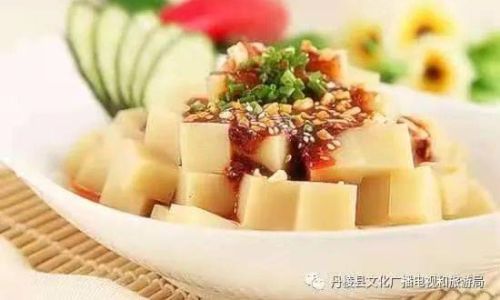
- Cause: Overcooking or excessive alkaline agent.
- Fix: Reduce cooking time by 5 minutes and use the exact measurement for the alkaline solution.
-
Bitter Aftertaste:
- Cause: Too much baking soda.
- Fix: Opt for lime water or reduce the baking soda by 25%.
-
Crumbly Consistency:

- Cause: Inadequate cooling or improper starch gelatinization.
- Fix: Refrigerate for at least 4 hours and ensure the mixture reaches the correct thickness before molding.
Regional Variations and Creative Twists
- Sichuan-Style: Serve with a fiery chili oil dressing, crushed peanuts, and cilantro.
- Hunan-Style: Pair with pickled vegetables and a tangy vinegar-based sauce.
- Modern Twist: Incorporate matcha powder or beetroot juice into the mixture for vibrant colors.
Health Benefits and Nutritional Profile
米豆腐 is a gluten-free, low-fat dish rich in carbohydrates and dietary fiber. The alkaline agent aids digestion, while the rice provides sustained energy. However, those with kidney conditions should consume it in moderation due to its potassium content.
Preserving and Storing
- Refrigeration: Wrap tightly in plastic and store for up to 5 days.
- Freezing: Not recommended, as freezing alters the texture.
Cultural Significance
米豆腐 holds a special place in Chinese cuisine, often served during festivals and family gatherings. Its preparation is a labor of love, reflecting the values of patience and craftsmanship. In rural areas, communities still gather to make large batches, sharing stories and laughter as they stir the simmering pot—a tradition that bridges generations.
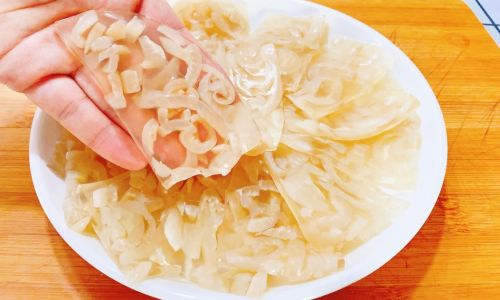
Conclusion
Mastering the art of 米豆腐 is a journey that rewards dedication with a dish of unparalleled texture and flavor. By adhering to traditional techniques and embracing experimentation, you can elevate this humble ingredient into a culinary masterpiece. Whether enjoyed as a street food snack or a centerpiece at a banquet, Q弹细腻米豆腐 embodies the harmony of simplicity and sophistication—a testament to the enduring genius of Chinese gastronomy. So, roll up your sleeves, gather your ingredients, and embark on a flavorful adventure that celebrates tradition, texture, and the joy of sharing food with those you cherish.
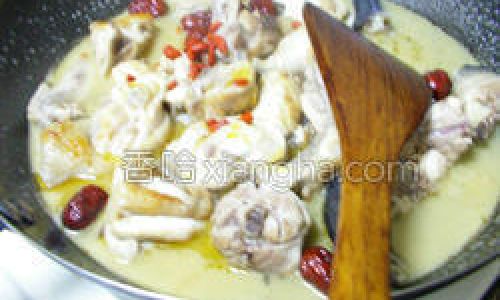
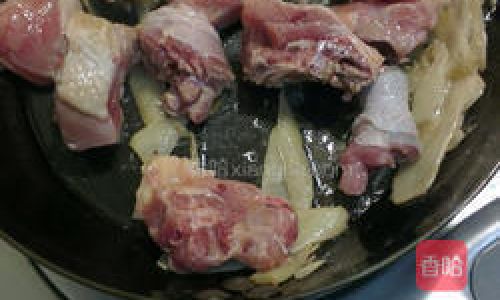

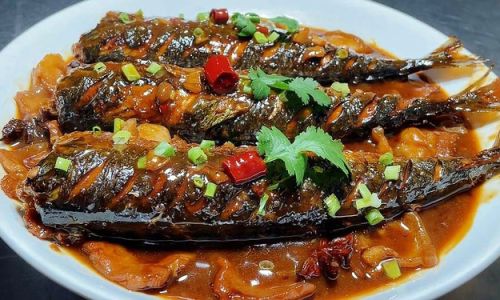
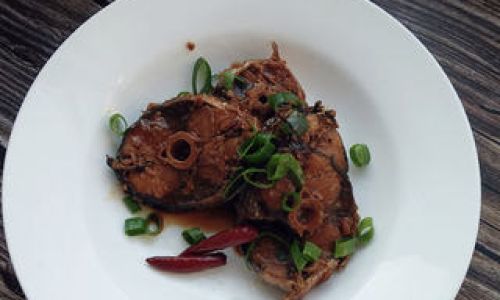
0 comments